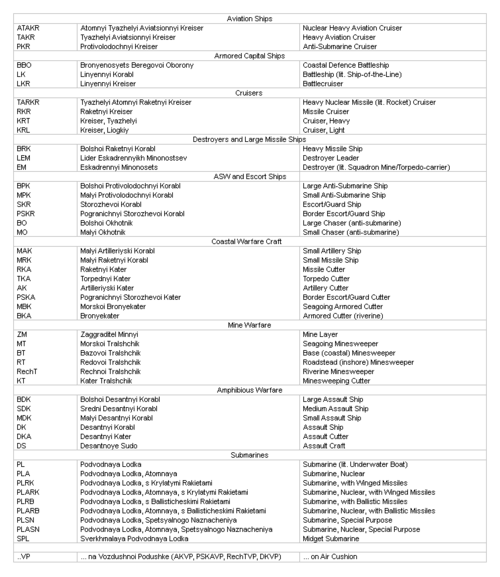Scott Kenny
ACCESS: USAP
- Joined
- 15 May 2023
- Messages
- 11,092
- Reaction score
- 13,336
What happened was that Destroyers had enough speed to catch a torpedo boat, or at least get between a torpedo boat and the target.
- A destroyer is a fast, maneuverable long-endurance warship intended to escort larger vessels in a fleet, convoy or battle group and defend them against smaller powerful short-range attackers.
- Where it gets muddy is that the role of destroyers and the role of the old torpedo boats (the thing that destroyers were built to destroy) were conflated into the destroyer role, so they are built for escort duties but also had torpedo tubes (or now SSM) with an offensive role
So they were more or less as fast as the old MTBs, which meant that you could give them torpedoes and not build MTBs. At least until they invented the planing hull, at which point the MTBs could be a lot faster than almost anything on the water.
=====
For the USN, there are apparently some significant differences in hull shape between a cruiser and a destroyer.
The Long Beach was the last ship designed as a cruiser hull in the US Navy, all later cruisers were either outright destroyer hulls (Ticos) or modified destroyer hulls (CGNs were significantly stretched over their conventional propulsion cousins).
Long Beach was 721ft long and 71ft abeam (10.15 L:B ratio), while USS California built as a DL/"Frigate" was 596ft long and 60ft abeam (9.93 L:B). In comparison, the Burkes are 506ft long and 66ft abeam (7.67 L:B). Providence/Cleveland class CLs were 608ft long and 64ft abeam (9.5 L:B), Baltimore class CAs were 673ft long by 72ft abeam (9.35 L:B), and the penultimate Des Moines class CAs were 716.5ft long and 76.5ft abeam (9.73 L:B)




